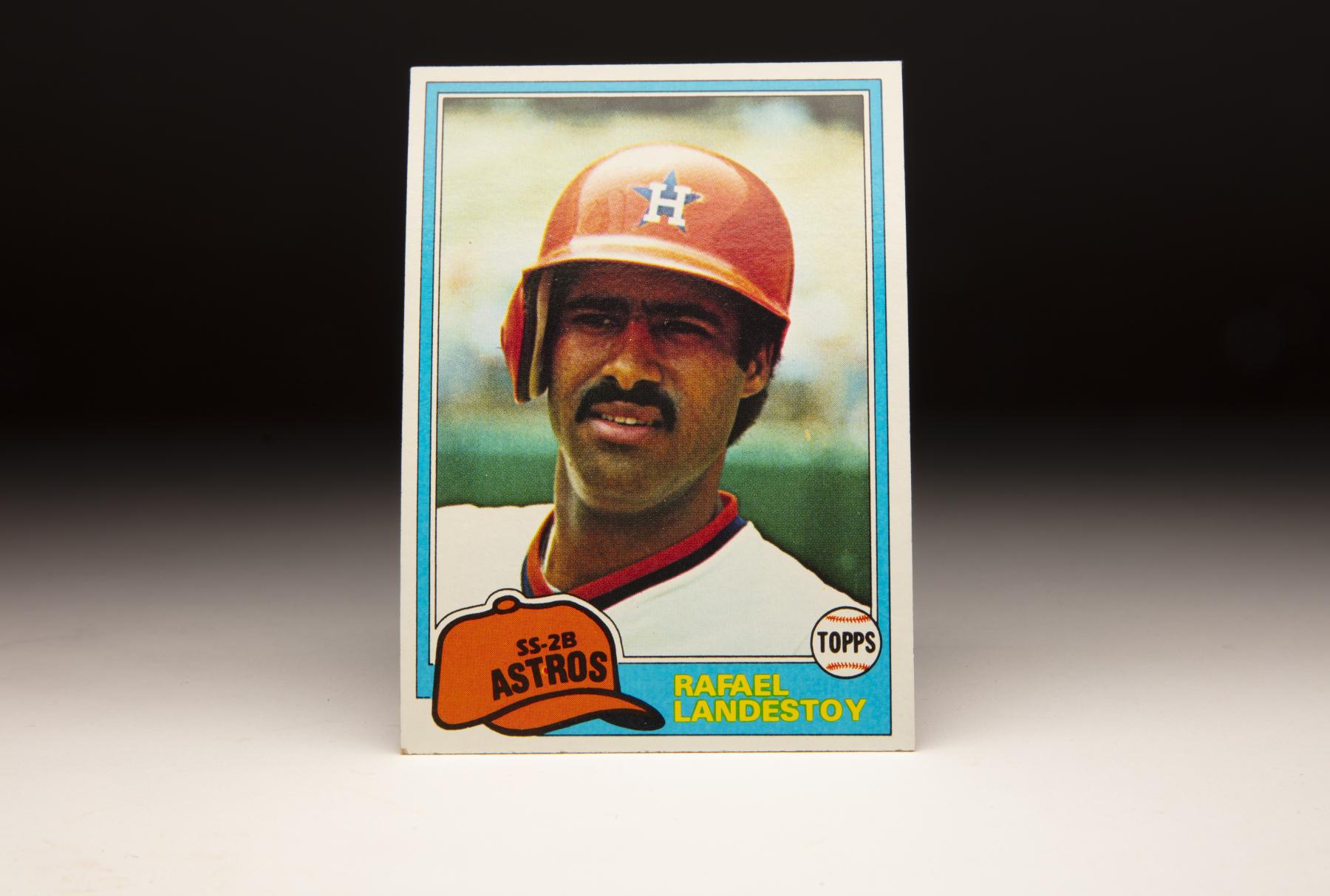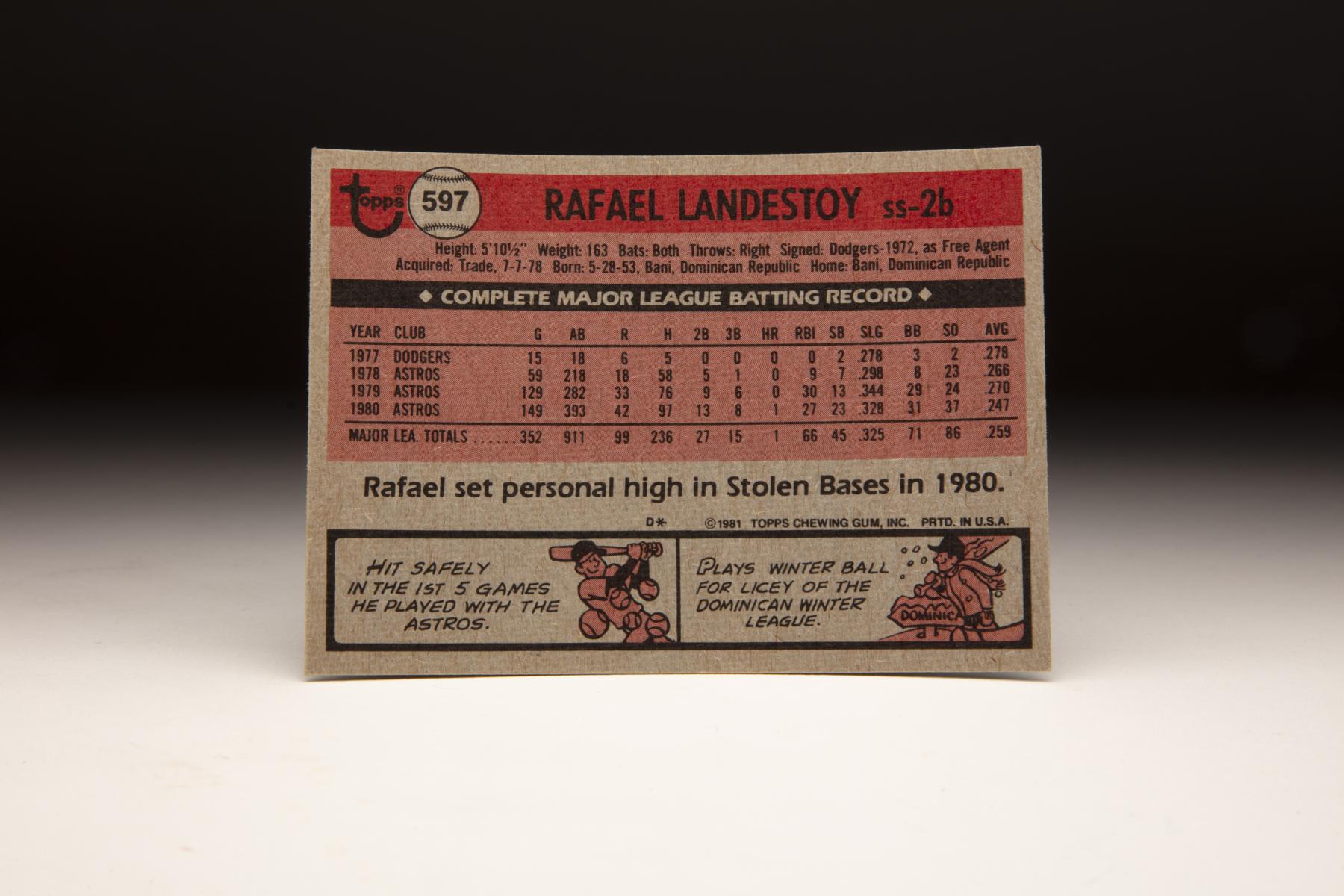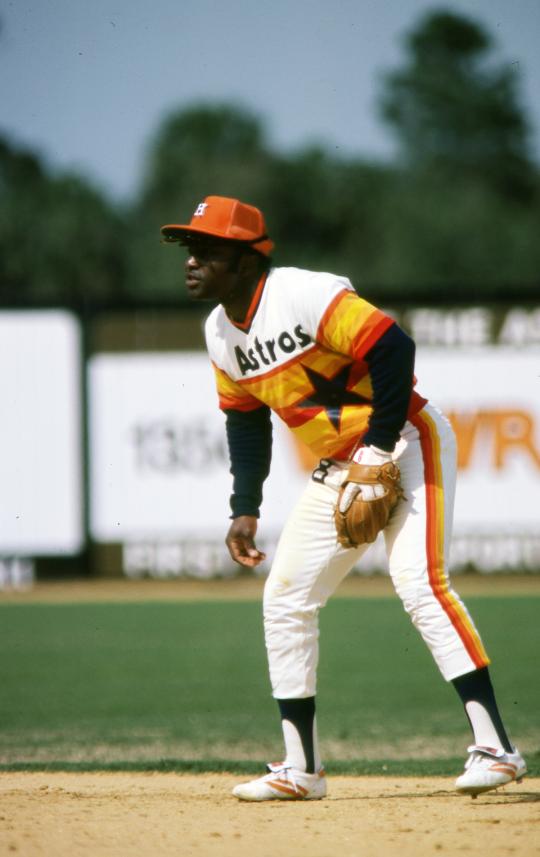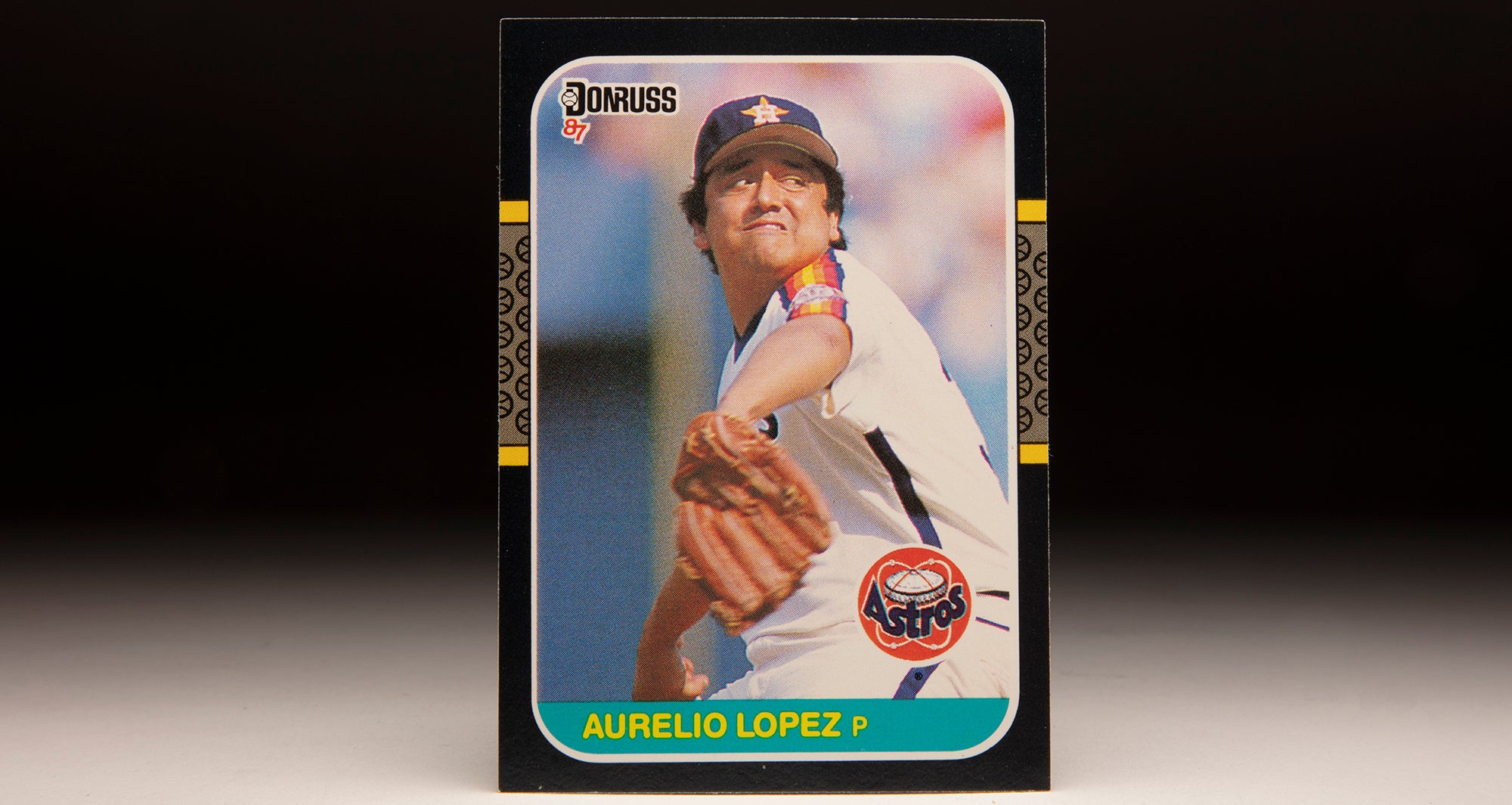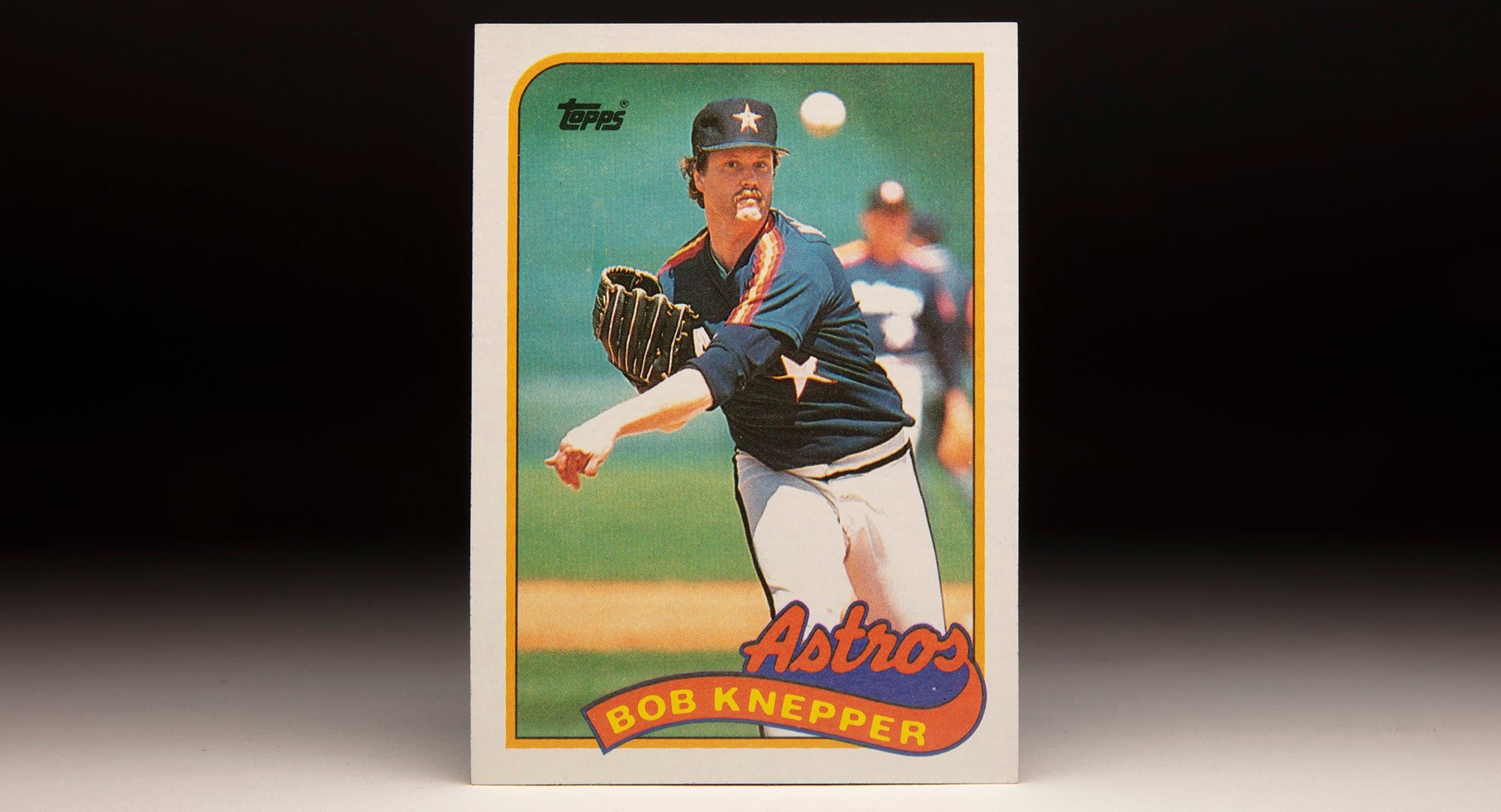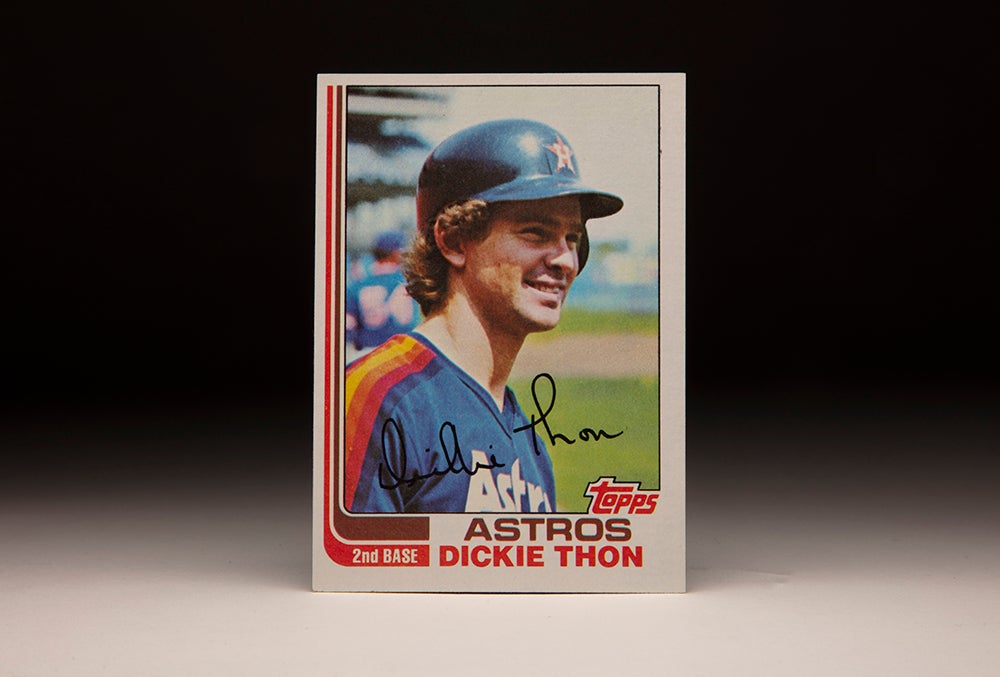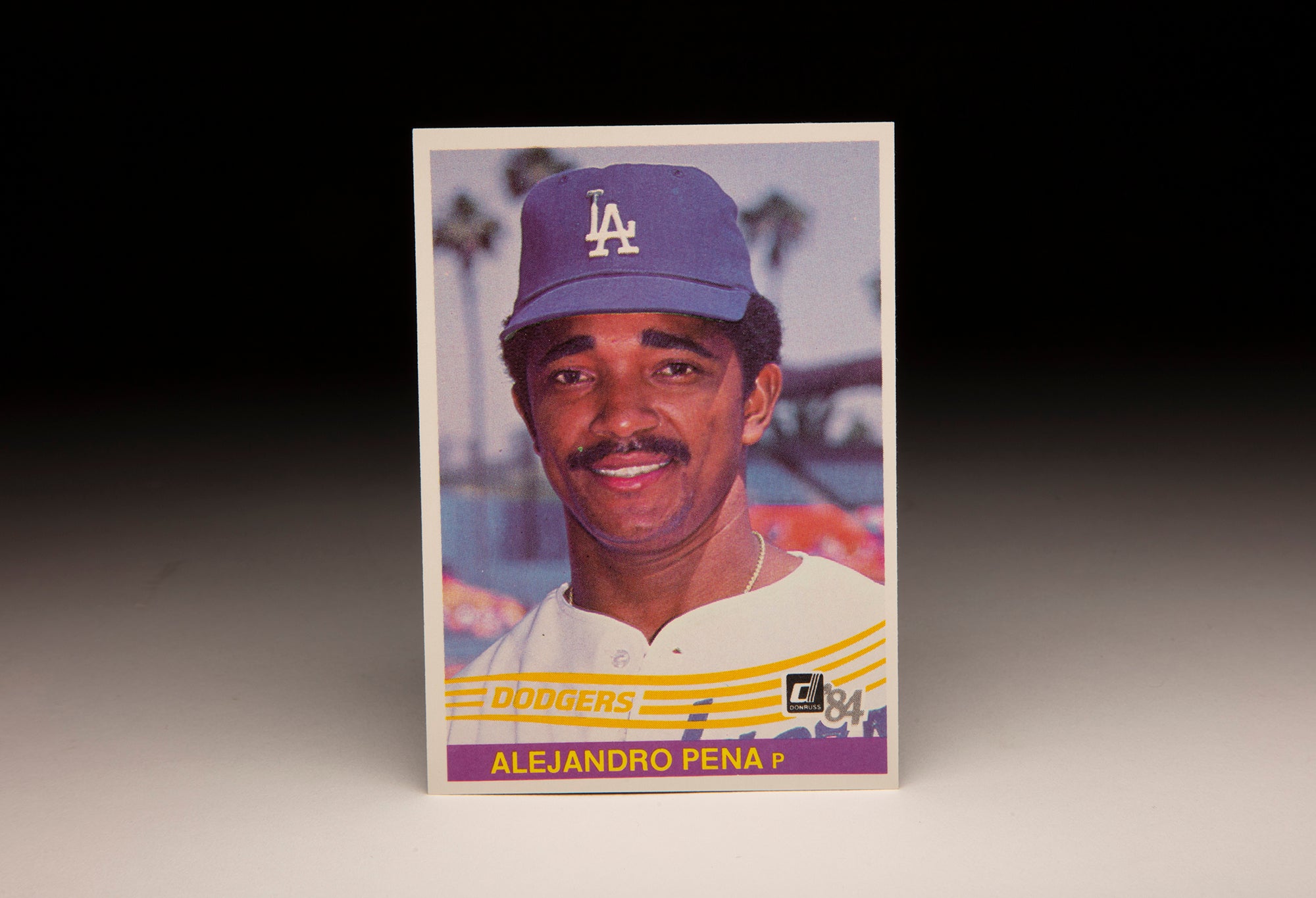#CardCorner: 1981 Topps Rafael Landestoy
Rafael Landestoy was a product of one of the most prolific farm systems of the last half century: The Dodgers’ organization of the 1970s.
And though Landestoy would spend only a couple seasons as a regular in the big leagues, he would eventually leave a legacy as one of the most influential baseball teachers in his home country.
Born May 28, 1953, in Baní, Dominican Republic, Landestoy was one of 11 children and grew up on a dairy farm. Coming of age during a time when baseball’s popularity was exploding in the Dominican, Landestoy focused on baseball instead of the family business.
“I strongly opposed my boy playing baseball,” Landestoy’s father, Rafael, told the Albuquerque Tribune in 1978 when Landestoy was a minor leaguer with the Dodgers. “It was a stupid game, in my estimation. I needed him to work on the farm. He refused to work and (only) wanted to play ball.
“But after watching him, I feel that I made a big mistake. He’s a great ballplayer and baseball is his profession.”
A star at Francisco y Bellini High School in both baseball and basketball, Landestoy was signed by legendary Dodgers scout Ralph Avila on May 29, 1972. Landestoy reported to Ogden of the Pioneer League, where he hit .244 in 49 games as an outfielder.
He moved up to Class A Daytona Beach of the Class A Florida State League in 1973, hitting .292 with 11 steals. Then in 1974, Landestoy spent the season with Orangeburg of the Class A Western Carolinas League, hitting .274 with 35 steals in 134 games. It was at Orangeburg where Landestoy began transitioning to the infield – and began taking advantage of his speed, which later enhanced his ability as a switch-hitter.
“I started ‘running’ in 1974 at Orangeburg and I won the Dodgertown sprint championship a couple of times,” Landestoy told the Albuquerque Tribune in 1978. “It’s all part of developing better as a batter from the left side of the plate.”
Landestoy was also addressing his fielding, which was a work in progress. He was charged with 34 errors in 59 games at shortstop in 1974, then committed 60 errors in 126 games at short with Waterbury of the Double-A Eastern League in 1975. But he also hit .280 with 41 stolen bases that year, putting himself on the prospect radar for the Dodgers.
Stuck behind Iván de Jesus at shortstop in the Dodgers system – and with Bill Russell blocking the way at the big league level – Landestoy was deployed regularly at second base and third base in 1976 at Triple-A Albuquerque while filling in at shortstop when de Jesus was up with the Dodgers. Landestoy hit .277 with 28 steals in 140 games for Albuquerque that season, reducing his infield errors to 36.
“He has tremendous speed,” Albuquerque manager Stan Wasiak said. “People will love to watch him run. He had problems playing short (in 1975)…but I worked with Landestoy in Spring Training. He’s no de Jesus in finesse, but Iván has played in more than 800 games the last six years.
“Landestoy has style. But again, speed is his strength. He’ll stretch singles into doubles and doubles into triples.”
On Jan. 11, 1977, the Dodgers traded de Jesus to the Cubs, creating a path to the majors for Landestoy as a utility infielder behind Russell and Davey Lopes, who were entrenched at shortstop and second base in Los Angeles. Landestoy began switch-hitting in Spring Training of 1977 and spent most of his time in that year at second base, hitting .276 with 56 steals and 113 runs scored in 130 games.
The Dodgers, racing toward their first National League West title in three years, promoted Landestoy to the majors in late August to replace utility infielder Ted Martínez, who was injured. By promoting Landestoy to the big leagues prior to Sept. 1, the Dodgers ensured he would be eligible for the postseason.
Landestoy made his big league debut as a pinch runner for Manny Mota on Aug. 27, scoring the game-tying run against the Cardinals in the bottom of the ninth in a contest Los Angeles went on to win 4-3. He appeared in 14 more games down the stretch, hitting .278 in 18 at-bats while stealing two bases.
Landestoy was on the Dodgers’ NLCS roster for the series vs. the Phillies but did not appear in any of the four games as Los Angeles advanced to the World Series. In Game 1 of the Fall Classic vs. the Yankees, Landestoy pinch ran for catcher Steve Yeager in the eighth inning – after Yeager drew a walk – and advanced to second on a hit by Lee Lacy, a single that brought home Dusty Baker to tie the game at 3. But Sparky Lyle retired Davey Lopes and Bill Russell to end the threat, and the Dodgers eventually lost the game in the 12th inning. Landestoy did not appear in any of the final five games of the World Series.
The Astros, sensing their window of contention was at hand, made a big splash in free agency that winter, signing Nolan Ryan to the first million-dollar-a-year contract and bringing in Joe Morgan to play second base. Morgan was 36 but remained confident in his ability.
“I’m not worried about winning a job,” Morgan told the Fort Worth Star-Telegram. “A healthy Joe Morgan is as good as anybody.”
But many observers felt Landestoy was – at that point – the better fielder.
“If the National League had the DH, I’d pick Houston in a minute,” Twins manager Gene Mauch told the Star-Telegram prior to an exhibition game in the spring of 1980. “That way they could DH Morgan and keep him healthy and let Landestoy, who is a good player, stay at second.”
Morgan played in 141 games that season, leading the NL with 93 walks and providing the Astros with veteran leadership. Landestoy, meanwhile, appeared in a career-high 149 games, subbing for Morgan and also spelling Reynolds at shortstop. He hit .247 with 23 steals as the Astros won the NL West for the first time – defeating the Dodgers in a one-game playoff to advance to the NLCS.
Landestoy did not start the decisive Game 5 but played a critical role in a contest that went down as one of the best ever in the postseason. With the Astros trailing 7-5 in the bottom of the eighth, Landestoy – who entered the game in place of Morgan in the top of the eighth – grounded a two-out single to left off Tug McGraw that scored Reynolds to cut the deficit to one, and José Cruz followed with a single that scored Puhl to tie the game. But with Landestoy on third representing the go-ahead run, Walling grounded out to end the frame.
The Phillies scored a run in the top of the 10th, and the Astros went down in order against Dick Ruthven in the bottom of the inning, with Landestoy scheduled to bat next when Cabell flew out to end the game and the series.
Morgan, meanwhile, was angered at being pulled from the game in the eighth inning – a move that appeared to be for defensive purposes. Morgan told a radio interviewer after the game that he would not return to Houston in 1981 if Virdon remained the manager, calling the Game 5 move “the last straw.”
True to his word, Morgan signed with the Giants on Feb. 9, 1981, after the Astros had released him in December.
Landestoy, meanwhile, was the Astros’ Opening Day second baseman in 1981 but struggled at the plate and appeared in just 35 games with 94 plate appearances. Three days before the strike interrupted the season, the Astros traded Landestoy to the Reds on June 8, 1981, in exchange for Harry Spillman.
Landestoy appeared in just 12 games for the Reds in the second half of the season and ended the campaign hitting .153 in a combined 47 games. He found himself in competition for a bench role in the spring of 1982 but made the Opening Day roster – though he appeared in only 40 of his 73 games in the field as the Reds went 61-101 and Landestoy hit .189.
Landestoy again made Cincinnati’s Opening Day roster in 1983 but played little in the season’s first month. Then on May 9, the Dodgers – who had shown interest in acquiring Landestoy all spring – acquired their former prospect in exchange for pitchers Brett Wise and John Franco. Wise never made it to the majors, but Franco – a fifth-round pick of the Dodgers in 1981 out of St. John’s University – became one of the most successful relievers in history, totaling 148 of his 424 career saves in six seasons with Cincinnati. When Franco pitched his last game in 2005, only Lee Smith had more career saves.
Landestoy appeared in 64 games for Los Angeles off the bench in 1983, hitting .172 but providing a steady presence as the Dodgers won the NL West. He appeared in two games in the NLCS as a pinch hitter against the Phillies as Philadelphia advanced to the World Series in four games.
Landestoy played in 53 games in 1984 – mostly off the bench – hitting .185 while also spending a chunk of the season at Triple-A Albuquerque. Also that year, Landestoy joined fellow Dominicans Pedro Guerrero, Alejandro Peña and Mota – all Dodger veterans – in establishing a fund to help send a Dominican Republic team to play baseball at the 1984 Summer Olympic Games in Los Angeles. The Dominican team replaced Cuba, which withdrew as part of a Soviet Union-led boycott, at the Games, which featured baseball as a demonstration sport.
The Dodgers released Landestoy on Oct. 10, 1984, and he hooked on with the Astros, who sent him to Triple-A Tucson to start the 1985 season. But Landestoy was released at the end of April and later signed with the Yankees, who sent him to Double-A Albany-Colonie for the summer.
It would mark the last season Landestoy would appear in an affiliated game. But Landestoy would continue to play for Tigres del Licey of the Dominican Professional Baseball League, where he had starred for years. He would later become Licey’s manager and general manager and also managed in the Mets minor league system.
In 596 big league games, Landestoy hit .237 with 54 stolen bases. His destiny as a top prospect may not have been fulfilled, but the dairy farmer’s son cultivated a career in baseball that made him a hero in his homeland.
“I’m used to competition,” Landestoy told the Tampa Tribune in 1982 when he was battling for a job with the Reds. “I just try to do my job and get some hits. I try to play hard and see what happens.”
Craig Muder is the director of communications for the National Baseball Hall of Fame and Museum

